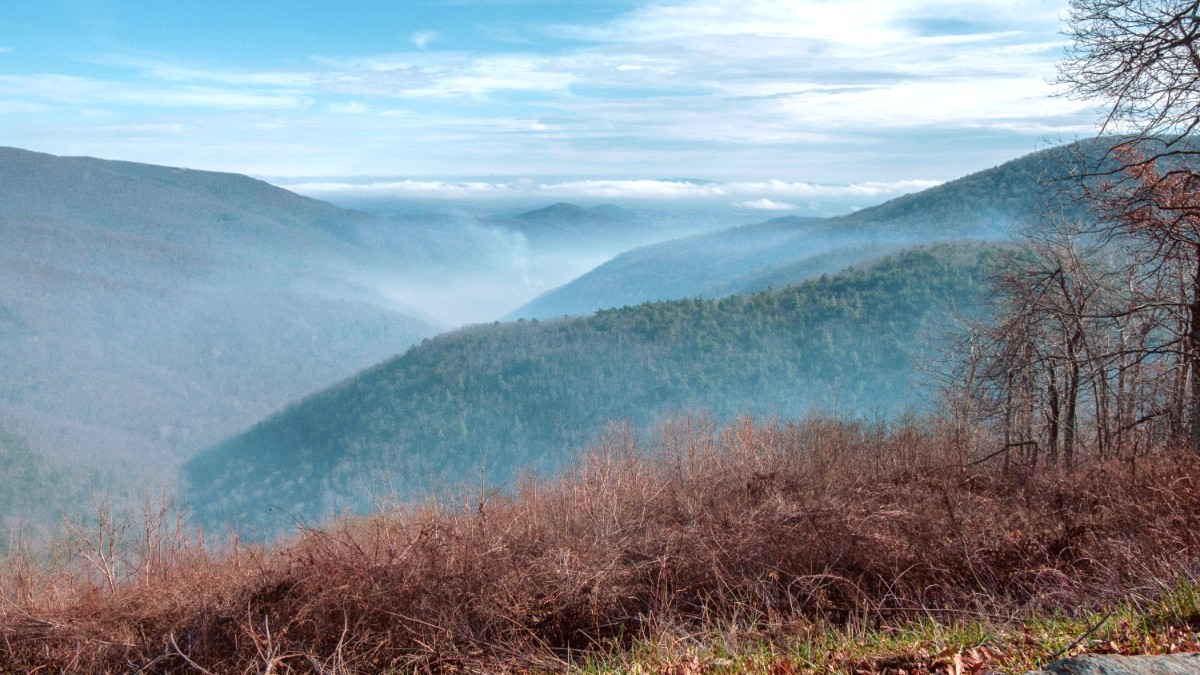
Virginia, USA
A renewed appreciation for wilderness and its calming influence can result.
The valley presents an unique geological and ecological diversity, from ancient mountain peaks to fertile river valleys and intricate cavern systems. This variety offers a rich visual and sensory experience for all visitors.
This human element significantly enriches natural and historical discoveries.
The Shenandoah Valley leaves a lasting impression, inviting reflection on its beauty and history.
The experience encourages mindful travel, fostering engagement with your surroundings.
The journey inspires future explorations and a continued appreciation for natural and cultural wonders.
Your actions significantly contribute to the ongoing preservation and well-being of the Shenandoah Valley.
Plan ahead, travel on durable surfaces, dispose of waste properly, leave what you find, minimize campfire effects, respect wildlife, and be considerate of other visitors.
Use water and energy wisely in your accommodations; turn off lights and air conditioning when leaving a room.
Seek out accommodations or tour operators that demonstrate a commitment to sustainable practices.
Be mindful of land boundaries and do not trespass on private property, upholding local norms.
Maintain quiet, especially in campgrounds, peaceful natural areas, and residential neighborhoods.
Be polite, open, and curious. Engage in conversations with genuine interest, respecting local traditions and perspectives.
Prioritize purchasing souvenirs, food, and beverages from local businesses, artisans, and farmers' markets.
Observe general U.S. Etiquette, including tipping norms for services, contributing to local livelihoods.
Carry a reusable water bottle and shopping bag to minimize plastic waste during your visit.
Thoughtful travel practices enrich your journey and contribute to the well-being of the Shenandoah Valley for everyone.
Your Shenandoah Valley adventure serves as a gateway to further exploration of Virginia and the wider Mid-Atlantic region.
Consider Great Smoky Mountains National Park (Tennessee/North Carolina), further south in the Appalachian Mountains, offering similar natural beauty and extensive hiking. New River Gorge National Park and Preserve (West Virginia), America's newest national park, stands out for whitewater rafting and rock climbing.
Washington D.C. Offers numerous museums and historical sites. Richmond, VA, the state capital, remains rich in Civil War history. Gettysburg, PA, the site of a pivotal Civil War battle, presents extensive historical interpretation.
Continue your scenic drive south from Shenandoah National Park along the Blue Ridge Parkway into North Carolina. West Virginia's whitewater rafting on rivers like the New and Gauley presents some of the East Coast's best experiences. North Carolina's Outer Banks offers beaches, historical lighthouses, and water sports.
Combine your Shenandoah Valley journey with other nearby attractions for a diverse itinerary.
Consider a flight into Washington Dulles International Airport (IAD) for easy access to both the city and the northern end of the Shenandoah Valley.
Many tour operators present combined packages that cover both historical sites and natural attractions in the region.
For continuing education in photography or other creative skills related to travel, Skillshare offers a wide array of online courses.
The Shenandoah Valley is a timeless appeal, inviting return visits for diverse experiences.
Return in a different season to experience the valley's changing beauty; if you visited in autumn, discover the wildflowers of spring or the quiet, snowy landscapes of winter.
Dedicate a return visit to a specific activity, like a multi-day hiking trip on the Appalachian Trail, a dedicated wine or brewery tour, or a deep dive into Civil War history at specific battlefields.
If your first visit concentrated on one part of the valley, explore another section and its unique towns and attractions on a subsequent trip.
The Shenandoah Valley presents continuous opportunities for discovery and cultural immersion.
Beyond the main national park trails, explore historical routes and old settler paths that crisscross the valley.
Discover local artisans and craft studios, many open for visits and workshops, showing regional talent.
Focus on farm-to-table dining, local produce, and the growing craft beverage scene (breweries, distilleries).
Seek out local historical societies or community centers for programs that share first-hand accounts and stories.
Plan visits around local festivals or events to experience community traditions and celebrations.
Visit lesser-known heritage sites and museums for more specific historical insights beyond the major battlefields.
May your memories of this special place inspire many more journeys and a continued appreciation for travel.